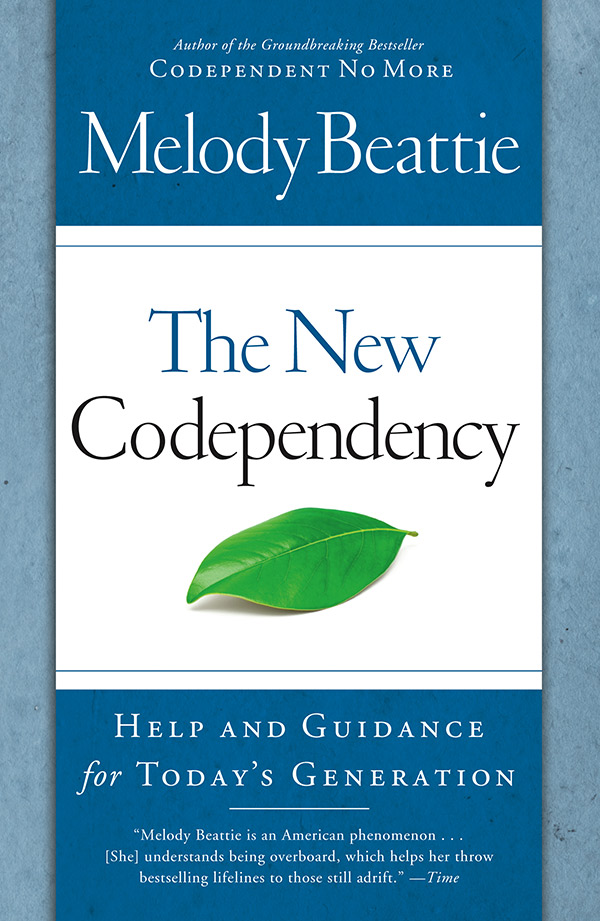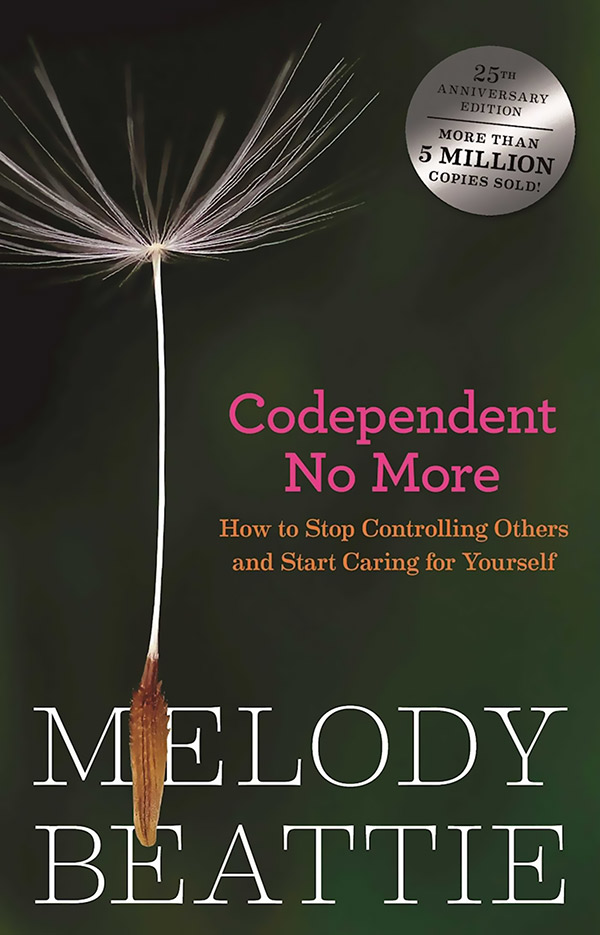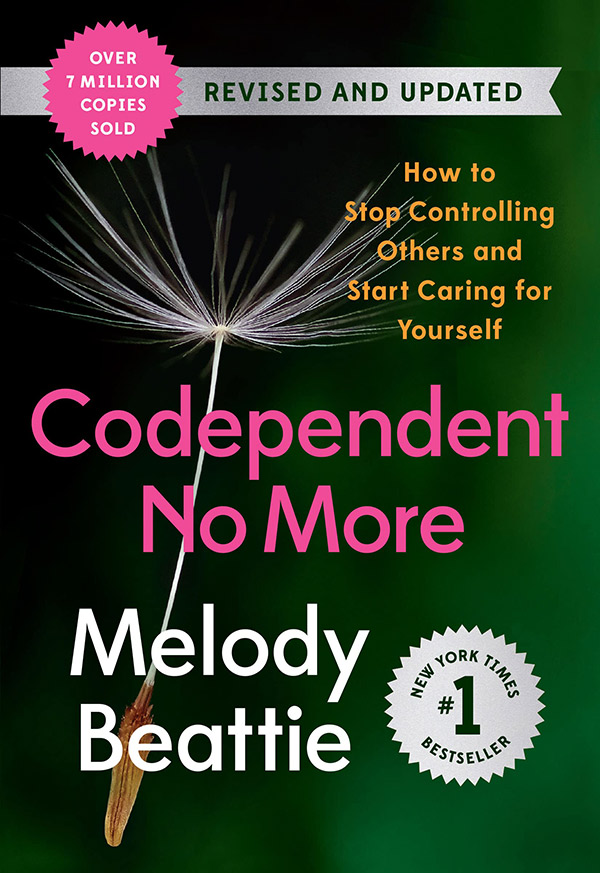Codependency is when one person helps another person to the detriment of themselves. In 1986, Melody Beattie introduced the world to codependency when she wrote Codependent No More: How to Stop Controlling Others and Start Caring for Yourself. The New Codependency (2009) is a follow-up to her original work. The book focuses on how codependents neglect themselves in favour of others. In addition, codependents suppress their feelings and needs and camouflage themselves to avoid rejection.
The book concentrates primarily on boundaries, learning to say ‘no’ and to cease attempting to control what we cannot—other people. It includes Melody Beattie’s experience of addiction recovery from alcohol, drugs, and codependency, which involves a 12-step program. The book focuses on our powerlessness over others and the unmanageability of our inner world when we try to control people.
Basic information |
|
|---|---|
| Author: | Melody Beattie |
| Title: | The New Codependency |
| Versions: | Hardcover, Paperback, Audiobook, E-book |
| ISBN-13: | 978-1615234455 |
| Pages: | 288 |
| Publisher: | Simon & Schuster |
| Publishing year: | 2009 |
| Genres: | Self-help, psychology, mental health |
Purchase the book here:
Who is the book for?
- Anyone who puts other people’s needs ahead of their own
- Alcoholics or addicts
- People affected by someone’s alcoholism, addiction, illness, compulsions, and hurtful or irresponsible behaviours
- People legitimately caretaking anyone—parent, child, or ill spouse
Discussion
Dr. Natalie Engelbrecht ND RP
Let me start by saying that I was completely averse to the term codependent. When someone first suggested that I may struggle with it a number of months ago, I felt angry at them. I only recalled the word from the 80’s self-help boom. Codependency became a catch-all term for a range of toxic behaviours ascribed mostly to women. In my opinion it was a way to blame the victim.
Fast forward to today, the definition of codependency has changed. In the simplest terms it means, doing things for others to the detriment of yourself. Now I could relate to that.
I struggle a lot with understanding why people don’t treat others the way that we treat them. After all that is the Golden Rule. Karen Horney, born in 1885, coined the phrase “tyranny of the shoulds.” It is the concept that some people define their identities through ‘ approval from others.
I think many autistics end up being codependent. It is hard not to do so when you have been trying to be accepted your whole life. These ‘shoulds’ end up creating a whole lot of shame—a feeling of not being loveable and valuable. And so we are desperate for another person to have positive feelings about is. This causes us to sacrifice our needs, and hide who we are—camouflaging. And then one day we no longer know what our needs are.
Kendall
“Codependent” is a word I’ve heard casually and imprecisely used for so long that it had, at best, a nebulous meaning. Melody Beattie clarifies what she means by the term, what it entails, and how she came to develop these ideas.
Beattie shares her personal history and experiences along with instructive anonymous stories. She is unflinching in her personal reflections.
There are practical activities and exercises at the end of each chapter.
Taking the Section Three quizzes using the Audible version was impossible, as some setups and questions can be extended. Also, a hard copy or eBook would be more beneficial for reference reasons. I wonder, too, if it would be helpful to do the quizzes first, then repeat them when reaching Section Three.
There are moments when the writing becomes a bit disjointed, making it hard to comprehend the focus, but for the most part, it is simple and straightforward.
Chapter titles
Table of contents presents an overview of what is in the book. Note: that they are not links.
Updated information
First published in 1986, the updated version of Codependent No More, entitled Codependent No More – Revised and Updated, was released on October 25, 2022. This revised edition includes a new chapter on trauma and anxiety.
Melody Beattie also published a book in 1990 called The Codependents’ Guide to the Twelve Steps.
Beattie’s books
Below is a summary of all the books mentioned in this article.




Comments
Let us know what you think!